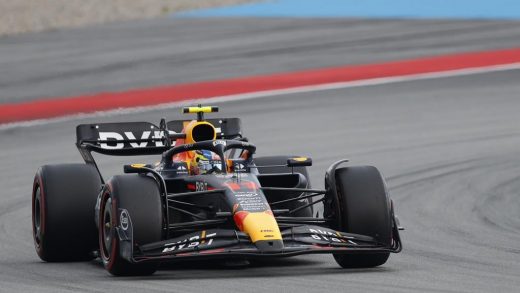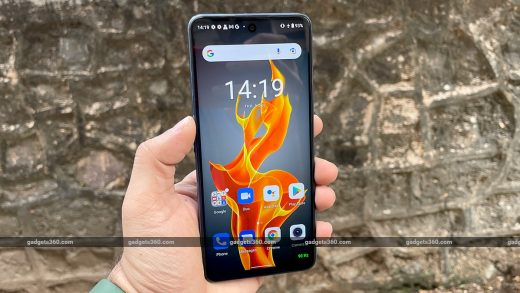
Supplied
The Swift’s 2024 update is quite a different looking thing, although most of the big questions are yet to be answered.
Japanese carmaker Suzuki has issued the first images of its new Swift hatchback, the brand’s most popular car in Australia and New Zealand.
The handful of images preview the new Swift’s full unveiling, which is set to go down at this year’s Japan Mobility Show – a week-long event taking place between October 26 and November 6.
Technically speaking, the Swift hatch in the image is a ‘concept’. But, given that the car looks very much like a production-ready vehicle (noting the door handles, wing mirrors, and subdued wheel sizing), we’re happy to make the call that this is likely to go into production with minimal extra changes.
Supplied
Note the ‘hybrid badge’ on the tailgate. A fully electric model could also be on the cards.
The update comes at a good time for the Swift. The current model has been on the market since 2017 with minimal significant changes, save for the addition of a mild-hybrid engine option several years ago.
The new-look model represents a healthy evolution over the soon-to-be-outgoing existing Swift. It’s a more chic take on hatchbackdom, with the character line above the door handles that connects to the rounded bonnet line being particularly bold.
More distinctive LED signatures in the headlights, a more detailed honeycomb grille, cleaner surfacing, and a contrasting black roof (a feature only seen currently as an option for the Swift Sport) are amongst the other key visual changes.
Whilst the Swift’s body appears to be all new (implying that this a reasonably comprehensive update), it is expected that the model’s platform is unlikely to be all new. Instead, it’s tipped that the Swift will make use of a tweaked version of the current Swift’s lightweight Heartect architecture.
Supplied
The Swift’s new infotainment system is a welcome change from the model’s current rudimentary software.
Inside, the new Swift cops a completely reworked dashboard layout, featuring an updated touchscreen, what appears to be a partially digital driver cluster, and splashes of light grey to break up all the black.
Engine options are yet to be confirmed, but expect to see both pure combustion and hybrid powertrains making an appearance once Suzuki releases more information to the public. Note that the rear image of the Swift shows a ‘hybrid’ badge on the boot lid.
Many in this part of the world will be hoping for some form of plug-in hybrid or pure electric powertrain to make its way into the Swift. Suzuki is amongst the few mainstream carmakers Down Under to not offer an EV in its line-up currently.
The Suzuki S-Cross has been updated inside and out for 2022.
Whilst full electrification has yet to be confirmed for the Swift, there is reason for EV fans to hold out hope.
Given the marque announced earlier this year that it’s aiming for a 80/20 EV to hybrid sales split in Europe by 2031, it is expected that the likes of the Swift will gain some form of plug-in version by the end of the decade.
During said announcement, it also confirmed that it plans to launch its first fully electric vehicle in 2024. Alongside this announcement, it released a simple render showing the silhouettes of the first five pure electric vehicles it will release. Curiously, none look like the new Swift.
The Swift remains Suzuki’s most popular nameplate in New Zealand. The model is also the most popular hatchback in the country and the fourth most popular vehicle overall year-to-date.
To the end of September, 3152 new Swifts had been registered in New Zealand – more than double that of the next best-selling hatchback, the Toyota Corolla.


